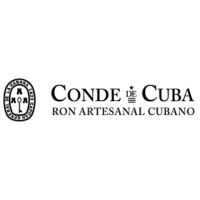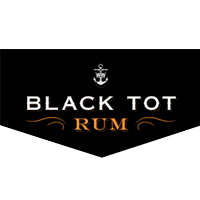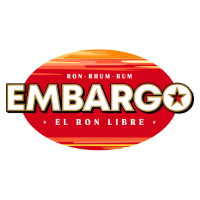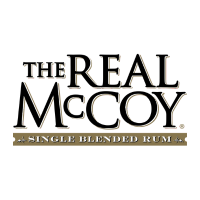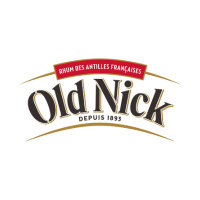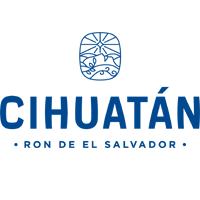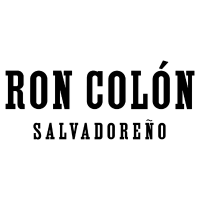Rum
Home / Category / Rum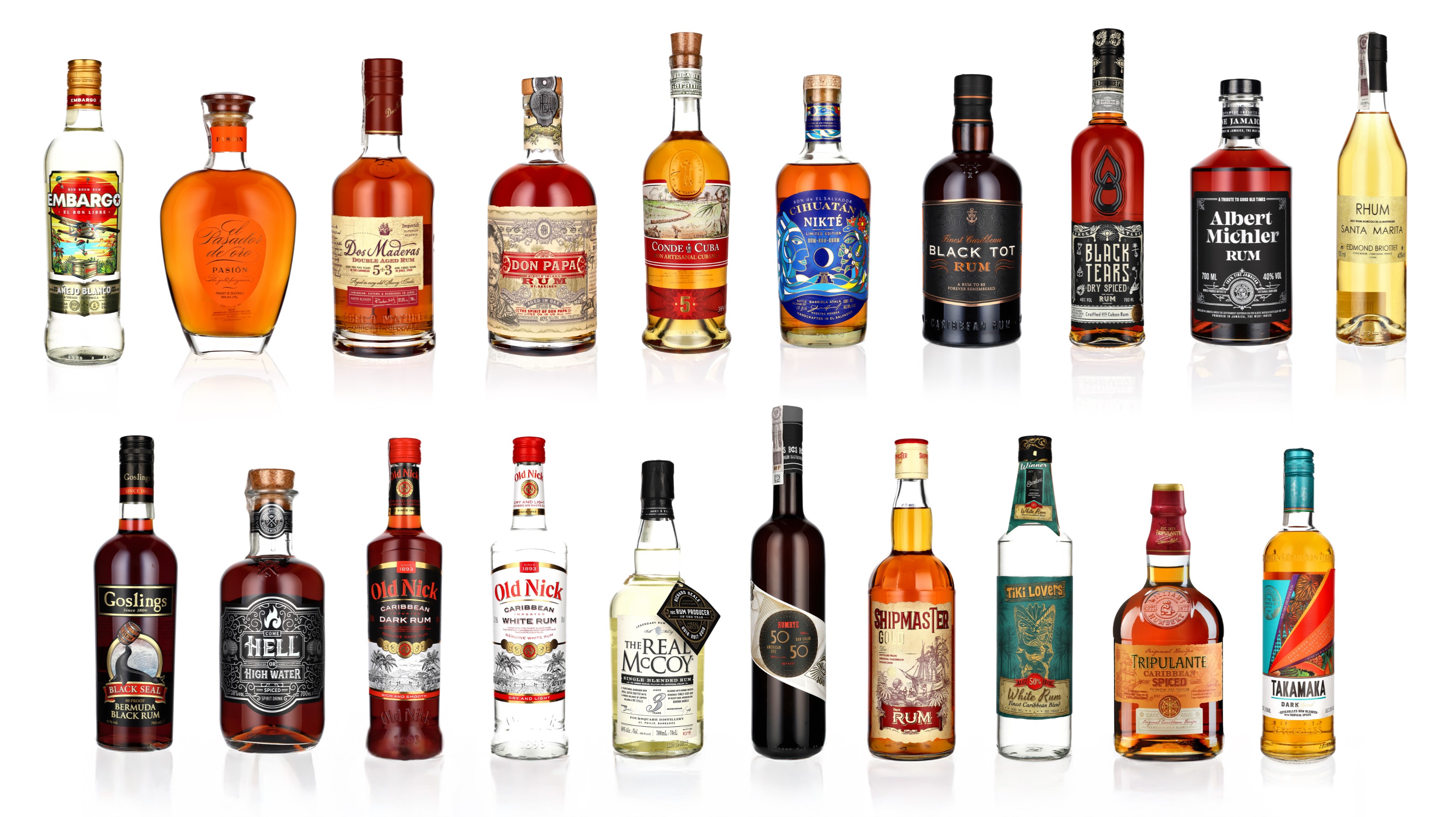
Rum, once a drink of all sorts of pirates, criminals and other suspicious types of people, has recently been experiencing a renaissance, which is very righteous.
It is made of syrup, juice or (most often) cane molasses, which is then fermented and distilled. A large part of the finished distillates is aged in oak barrels, similar to whiskey. In addition to the obvious fresh oak barrels, barrels of other alcohol are also used, including after bourbon, sherry, porto, occasionally cognac, cachaca, or even single malt whiskey. Due to the popularity rise, we can see new variants being made, like vintage, independent (with independent bottling) and the so- called single cask.
The history of rum is very rich and dates back to ancient times. It was probably built in the territories of what was then India and China, but Europe learned about its existence thanks to the Arabs (Moors). Even Christopher Columbus took sugar cane seedlings on one of his trips, and it turned out that they respond well in a hot, tropical climate. Hence, it has traditionally been said that the production of rum on a larger scale began in Barbados.
The largest concentration of rum-producing distilleries is in the Caribbean (Barbados, Dominican Republic, Jamaica, Cuba, Bahamas, Trinidad and Tobago, Nicaragua, Haiti, Guadeloupe, Martinique, etc.). The production of this drink is also carried out in South America (Venezuela, Colombia, Guyana, Brazil) and North America. In Europe, we can find classic rums (Spain, France) and alcohol that is similar, but not identical to rum (Austrian Stroh or Czech / Slovak Tuzemak made from sugar beet molasses). Asia (traditional India and the Philippines, Thailand, and Japan) is also beginning to slowly take shape.
The rums are divided into: white, golden, dark, flavored (with spices) and the so-called overproof (with increased power, intended for cocktails). Most of them are sweetened with sugar syrup, but now a slight reversal from this trend can be observed. Regardless of which rum we are dealing with, the regulations regarding its production are not as restrictive as, for example, in the case of whiskey. It is enough for the strength to be adequate (at least 37.5% ABV), aging lasted at least a year, and the raw material for production was sugar cane. And then only our imagination can limit us...
Brazil is an exceptional country in terms of the production of sugar cane alcohol. This is where, in addition to rum, the extremely popular vodka in the world is produced - Cachaca. Cachaca was founded in the year 1543 by the Swiss emigrant, Erasmus Scheltz, which makes it older than rum, the production of which began in the year 1600. Cachaca is made from fermented sugar cane juice and bottled at a strength of 38% ABV to 68% ABV. Sometimes it is aged for at least a year in wooden vats, which gives it a slightly golden color. Its name comes from the name of the leftovers received after cooking a special broth (shredded sugarcane stalks, from which molasses is made), which were originally fed to ... pigs and cattle. This drink, apart from Brazil, is also known in Mexico - it is called Aguardiente de Cana, Pingo de tuto, Caninha, Aguardiente or Chranda.
In our rich portfolio you will find about two hundred rums of various kinds, from the simplest white to heavy, long-aged, limited editions – including the most famous and liked ones, and also the niche ones, sought after by the most dedicated fans. We are also a distributor of one of the most famous Cachacs in the world. We invite you to familiarize yourself with our offer!






